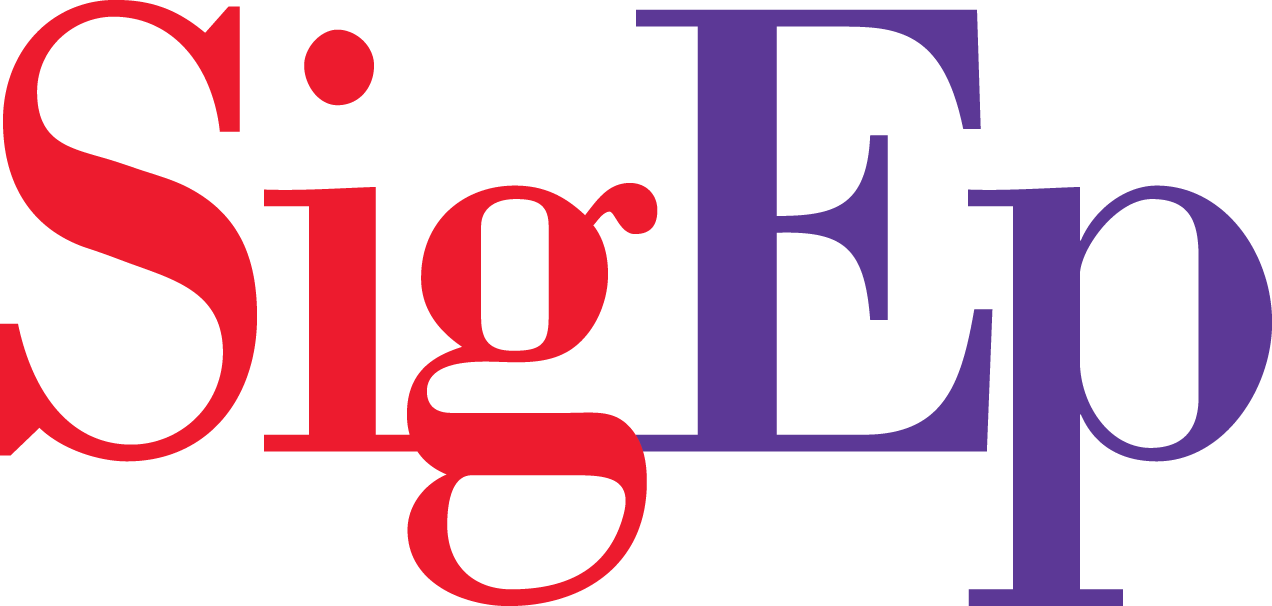 Carlson Leadership Academy season has ended, and our chapters’ new executive officers are armed with unbridled enthusiasm and a whole slew of new tools and ideas.
Carlson Leadership Academy season has ended, and our chapters’ new executive officers are armed with unbridled enthusiasm and a whole slew of new tools and ideas.
Now it’s time to help them channel it!
As a guiding force for your chapter, quickly clear and level the playing field of any initial misconceptions they have:
• There are no “good chapters.”
• There are no “bad chapters.”
• There are only chapters that have the opportunity to improve continuously in cooperation with their partners – you!
Now, let’s both guide and hold accountable our principal chapter change agents for the remainder of the spring, throughout the summer months and in to fall start-up mode.
First, go off-site to a formal business setting (a university boardroom, a conference room, a classroom, etc.) and facilitate a session where you do the following:
• Advance prioritized, metric-driven, continuous improvement efforts.
• Guide and enhance their change-leadership skills and styles.
• Encourage innovation; let them know that failure is nothing more than a pathway to success, and that SigEp is a safe place to practice.
• Hold them accountable – and state exactly so.
• Set expectations, goals, and a timetable for the year and post them where everyone can see them.
• Regularly re-visit preceding bullets via feedback/time/performance; set interval.
Should they ask the proverbial “Why do we need to do this?” look them right in the eyes and explain the value to them:
• This is about both their leadership and brand development as professionals.
• SigEp is their living, learning laboratory to practice and hone these skill sets for a year or two. When they hit their upcoming internship, graduate school or job interview cycles, they will crush these sessions by offering recruiters experience-backed bullet points validated by real-world organizational wins and losses.
Ask them to consider these leadership offices as a pre-professional experimental playground and self-branding opportunity. Their chapter is – loosely – a scalable Apple, Google or Nike.
Finally, here’s a checklist of items for your next executive meeting. If you can’t attend in person, Skype in!
• Review team pre-conference goals and priorities
• What was and wasn’t accomplished?
• What was learned – can it be applied?
• How does this change your priorities? Challenge, if there are no changes.
Important: Let them know that it’s expected that their goals and priorities should change as a function of feedback, time and performance. They sometimes need to know that they have “permission” to change their goals and priorities:
• Re-prioritize, asking the appropriate “Why?” and “What is the value?”
• Identify next steps and develop a timeline.
• Identify resources and partners.
• Create a written plan.
• Identify a date to deliver the plan to audiences and pre-sell.
• Deliver plan to audiences: mentors, AVC members, chapter, Greek Affairs, etc.
• Ask for feedback, document and make changes.
• Measure progress against plan at set intervals.
• Hold each other accountable.
• And finally, make their journey fun.
As I was concluding a recent Balanced Man Scholarship Banquet keynote at Valparaiso last month, I walked among the audience and challenged them to repeated cadences of “Who wants the ball?!?” “Who wants the ball?!?” “Who wants the ball?!?” while I held a new NCAA basketball above my head. Undergraduate Caleb Liptak, ’16, Valparaiso’s president, abruptly stood up, marched over to me and ripped the ball from my hands with a pointed “I DO!”
Their short time as executive officers is all about leading change by breaking paradigms and winning and losing along the way as a team.
So, who wants the ball?









Leave a Reply